Cerith Wyn Evans: ‘I love nothing more than neon in direct sunlight. It’s heartbreakingly beautiful’
Cerith Wyn Evans reflects on his largest show in the UK to date, at Mostyn, Wales – a multisensory, neon-charged fantasia of mind, body and language
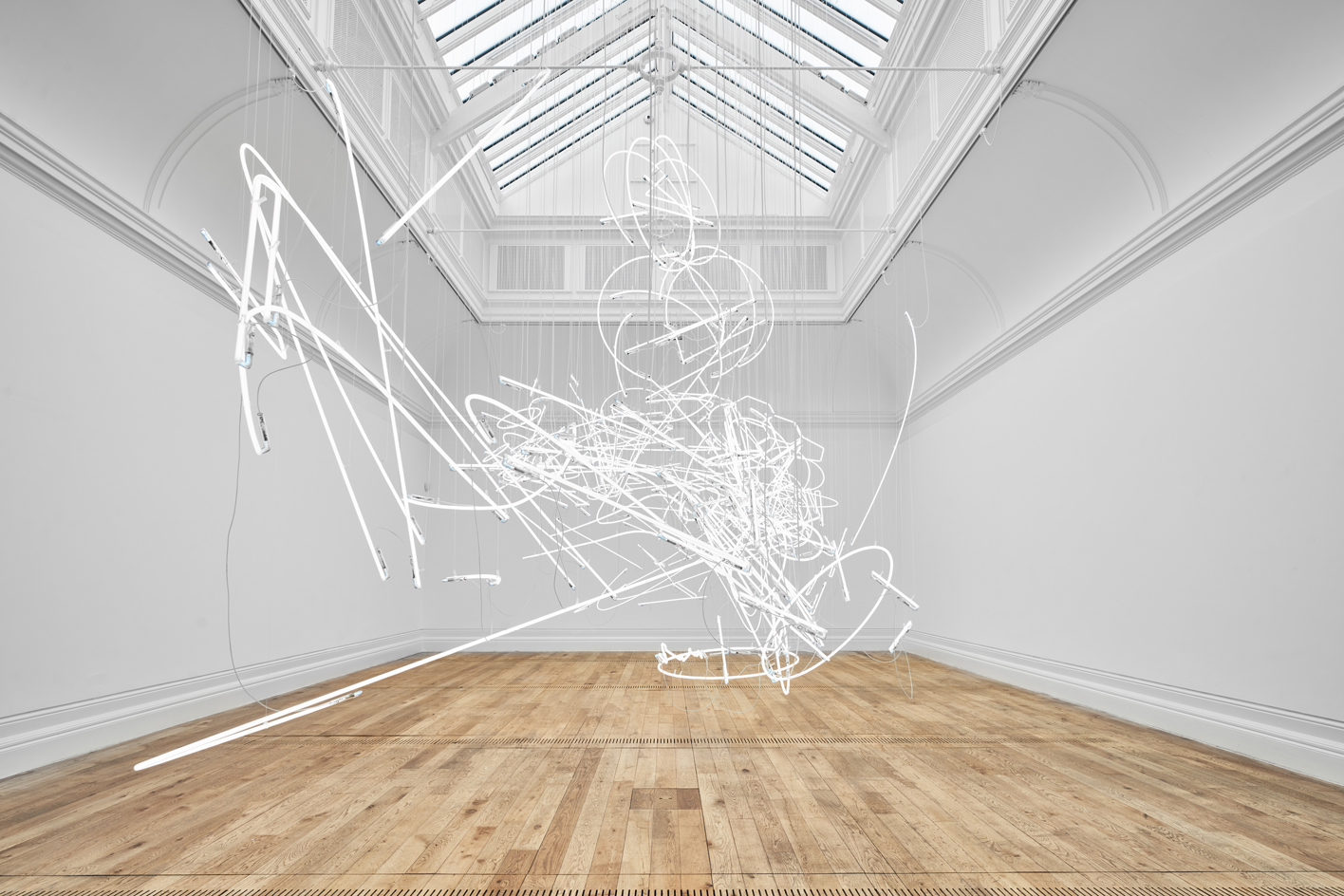
Cerith Wyn Evans, and his work, are not easy to forget. I first encountered the former at Tate Britain in 2017, when he doused the Duveen Galleries in a carnival of white neon light. It burned traces on the mind and retina that lingered for hours to come.
The second, and even more memorable experience, was in 2018 at the award ceremony for the prestigious Hepworth Prize for Sculpture. The experimental filmmaker turned global force of sculpture had won the prize with a levitating, site-specific work titled Composition for 37 Flutes (in two parts), in which two intersecting glass arcs held pipes that inhaled and exhaled music that wavered between harmony and dissonance, through a programmed algorithm. It produced an unnerving, biological timbre that evoked the rasp and rhythm of the human respiratory system. When Wyn Evans accepted the award, he said, ‘It [the prize] means nothing, but I’m a Buddhist you see.’

Cerith Wyn Evans, Composition for 37 Flutes (in two parts), the winning artwork for the 2018 Hepworth Prize for Sculpture, installed at the Hepworth Wakefield
At Mostyn gallery in the picturesque seaside town of Llandudno, Wales, Wyn Evans is currently showing his largest exhibition in his home country, and the UK, to date. But does it feel like a homecoming? ‘It’s certainly not a coincidence,’ says the artist, who represented Wales at the country’s inaugural pavilion at the 50th Venice Biennale in 2003. ‘[But] since I'm not making work about nationalism and identity politics, it somehow carries less weight because it isn’t, for want of a better term, the “subject” of the work.’
Mostyn, which has a century-long history of championing local and globally renowned contemporary art, fuses Edwardian architecture with a RIBA award-winning concrete modern expansion by Ellis Williams Architects. Enigmatically titled ‘....)(‘, Wyn Evans’ show isn’t just at Mostyn, but for Mostyn.
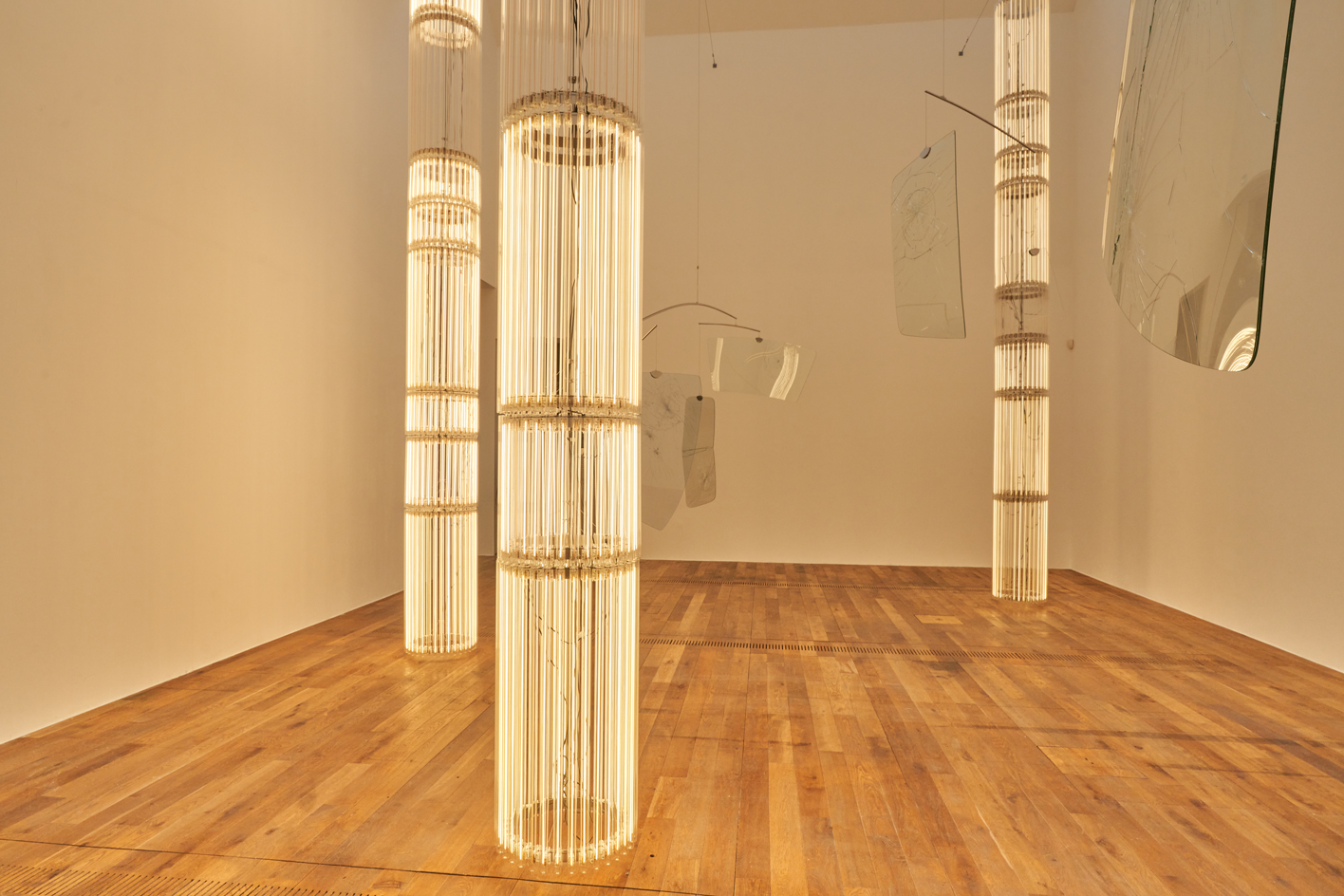
Installation view of Cerith Wyn Evans, ‘....)(‘ at Mostyn, Wales

Installation view of Cerith Wyn Evans, ‘....)(‘ at Mostyn, Wales
Wyn Evans’ show, curated by the gallery’s director, Alfredo Cramerotti, is borderless –infused with film, music, poetry, literature and Eastern philosophy, and how energy can flow freely through sculpture, video and found objects. The artist has turned Mostyn’s Edwardian galleries into a neon-charged fantasia, with works that dance through the spaces like illuminated drawings. Wyn Evans was keen to embrace the plentiful natural light in the 1901 building, and explore how light patterns will shift through the winter months. ‘I love nothing more than neon in direct sunlight. it’s absolutely heartbreakingly beautiful.’
StarStarStar/Steer (Transphoton) (2019) (Oriel 3) is a three-column LED structure suspended a few centimetres above the ground. Shifting from translucency to a piercing brightness, the piece draws on the codes of Doric architecture but seems to inhale and expire like something very much alive. ‘There’s this sort of tidal relation to the sea being here, but also a slow oscillating of filling and breathing and looking and being in the space.’
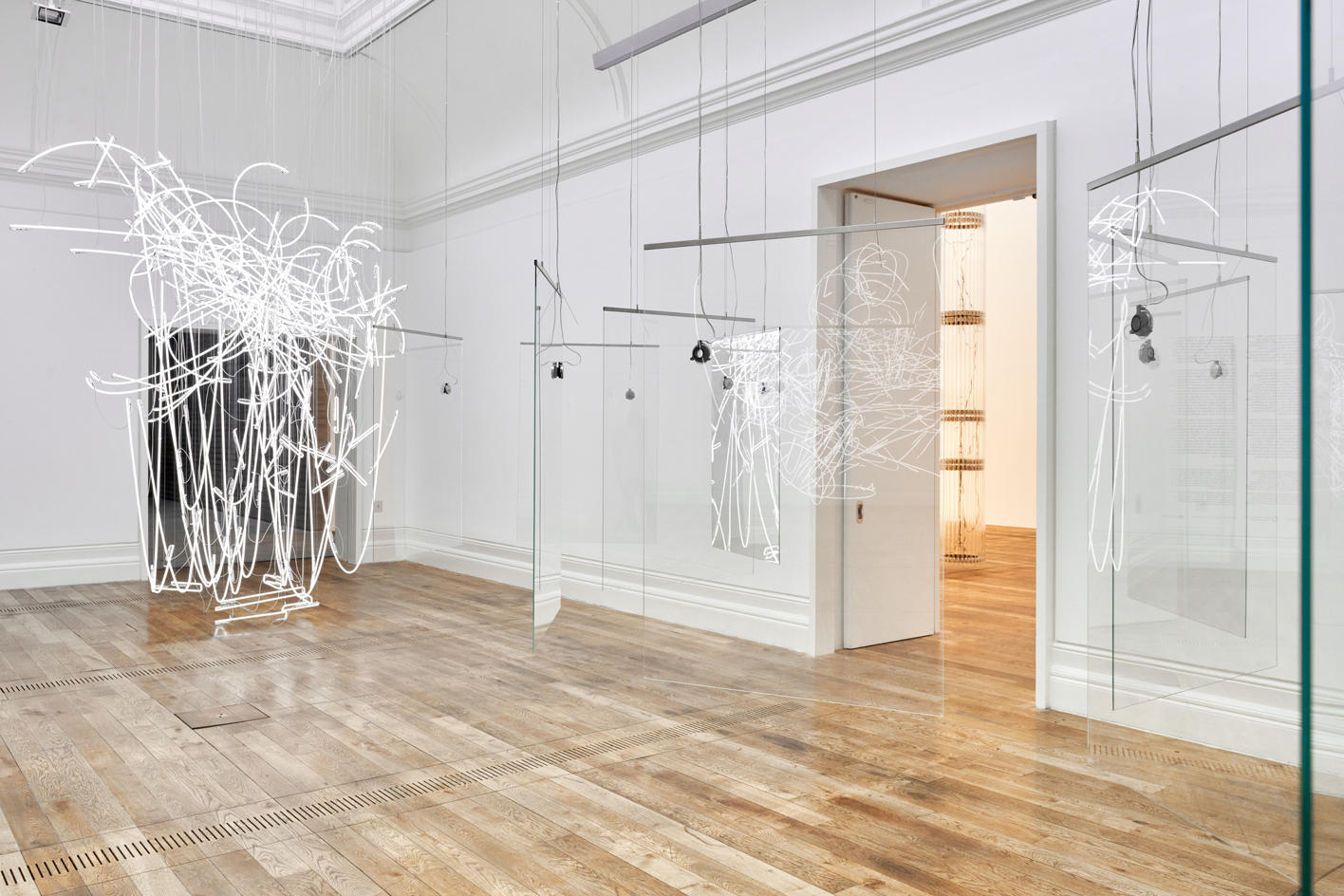
Installation view of Cerith Wyn Evans, ‘....)(‘ at Mostyn, Wales
Another highlight is Pli S=E=L=O=N Pli, a 17-glass panel maze of four chambers that emits an eerie, improvised piano soundtrack of alternating time signatures composed and performed by Wyn Evans. Phase shifts (after David Tudor) (2020) sees vehicle windscreens and visor-shaped pieces of fractured glass engage in a game of reflections with surrounding works. They appear like ghosts of Calder’s mobiles, and an ode to the history of Duchamp’s The Bride Stripped Bare by Her Bachelors, Even, (1915-1923). The work shattered in transit after its first exhibition, an event Duchamp embraced as the work’s resolution. In another deviation from neon, Wyn Evans is also presenting Decor Relics, a series of smashed-up bits of temporary gallery walls salvaged from previous blue-chip exhibitions. Here, they are present as 'wall on wall', recontextualised and elevated from functional (then discarded) infrastructure to art in their own right. ‘They make a critique of the gallery as a model’, he says. ‘It’s cannibalism; the gallery kind of eating itself.’
Receive our daily digest of inspiration, escapism and design stories from around the world direct to your inbox.
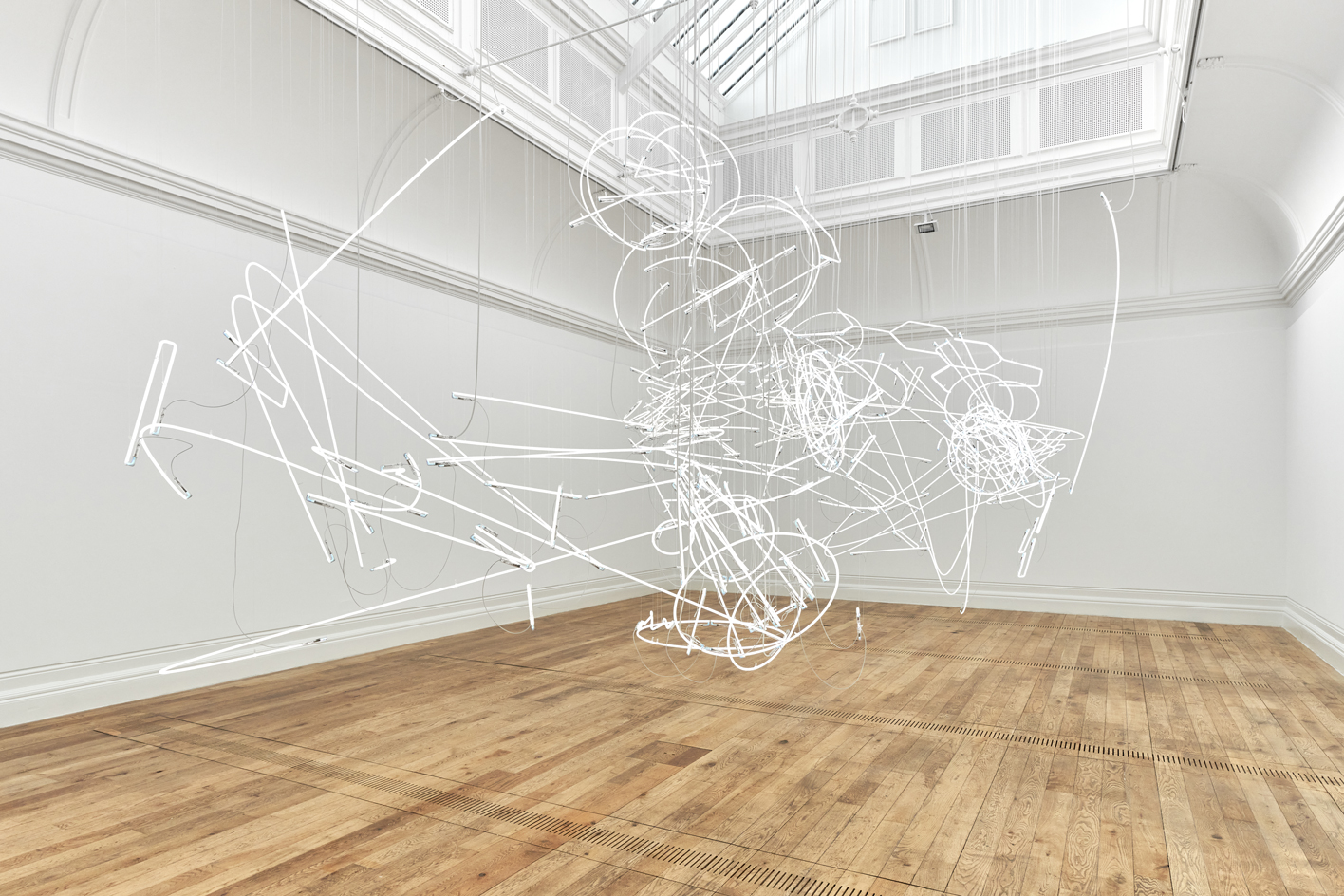
Installation view of Cerith Wyn Evans, ‘....)(‘ at Mostyn, Wales
The centrepiece of the show is Mostyn Drift. The neon installation was originally titled Aspen Drift and displayed in 2021 at the Aspen Art Museum in Colorado, but owing to lockdown restrictions in the US, this is the first time Wyn Evans has seen the piece assembled. It’s a 3D incarnation of Japanese Noh theatre, capturing time signatures, stutters, and the foot patterns of movement, but devoid of bodies. This is just one example of Wyn Evans' ability to disrupt, and rupture existing modes of communication, translating movement into notational codes, then a ghostly visual embodiment of the controlled randomness of the world around us.
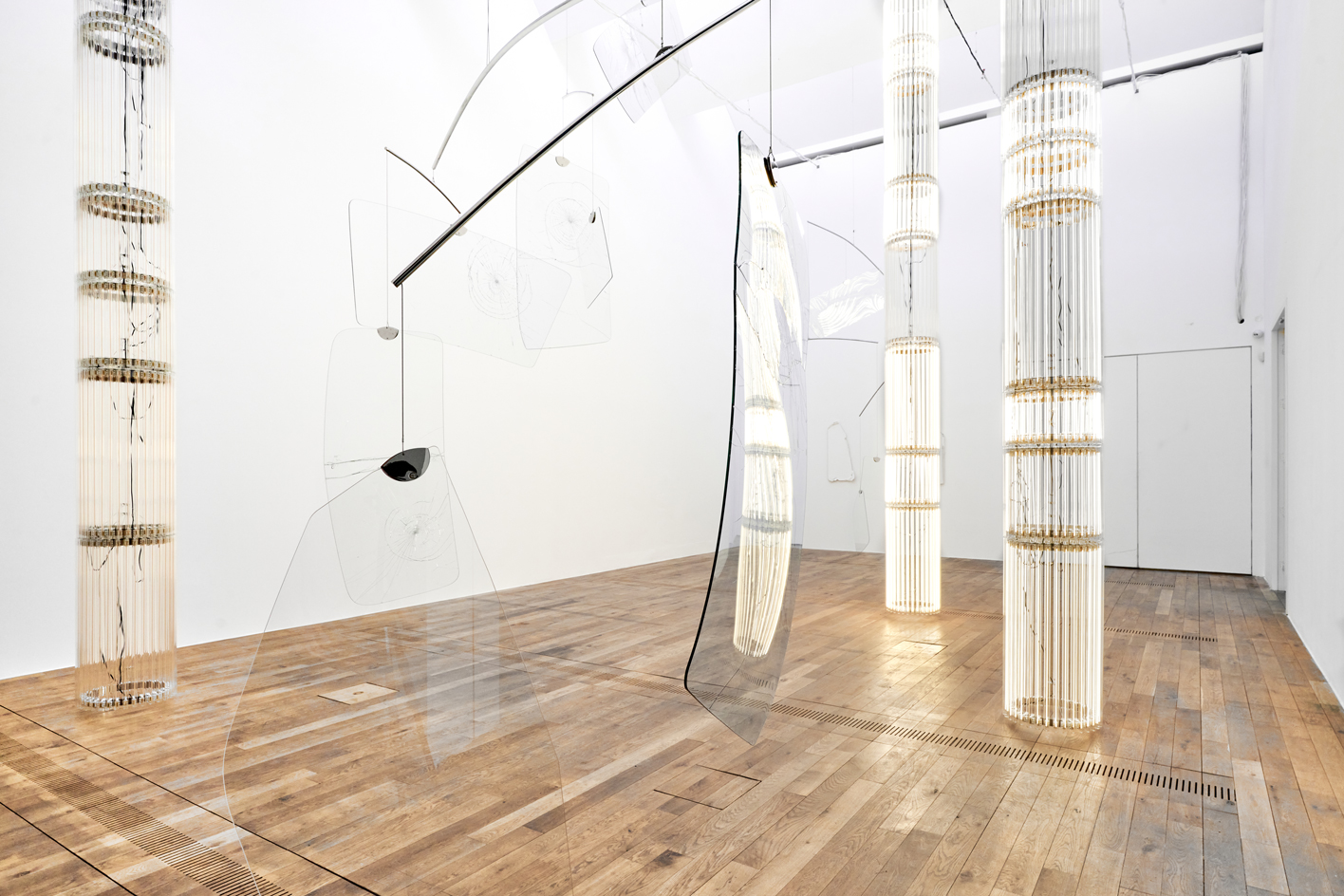
Installation view of Cerith Wyn Evans, ‘....)(‘ at Mostyn, Wales
‘....)(‘, by Cerith Wyn Evans, is at Mostyn, Llandudno, North Wales until 5 February 2023. mostyn.org
In June 2023, Phaidon will publish the first comprehensive monograph dedicated to Cerith Wyn Evans’ work, featuring new text by the artists, and contributions from Nancy Spector and Daniel Birnbaum. phaidon.com
Harriet Lloyd-Smith was the Arts Editor of Wallpaper*, responsible for the art pages across digital and print, including profiles, exhibition reviews, and contemporary art collaborations. She started at Wallpaper* in 2017 and has written for leading contemporary art publications, auction houses and arts charities, and lectured on review writing and art journalism. When she’s not writing about art, she’s making her own.
-
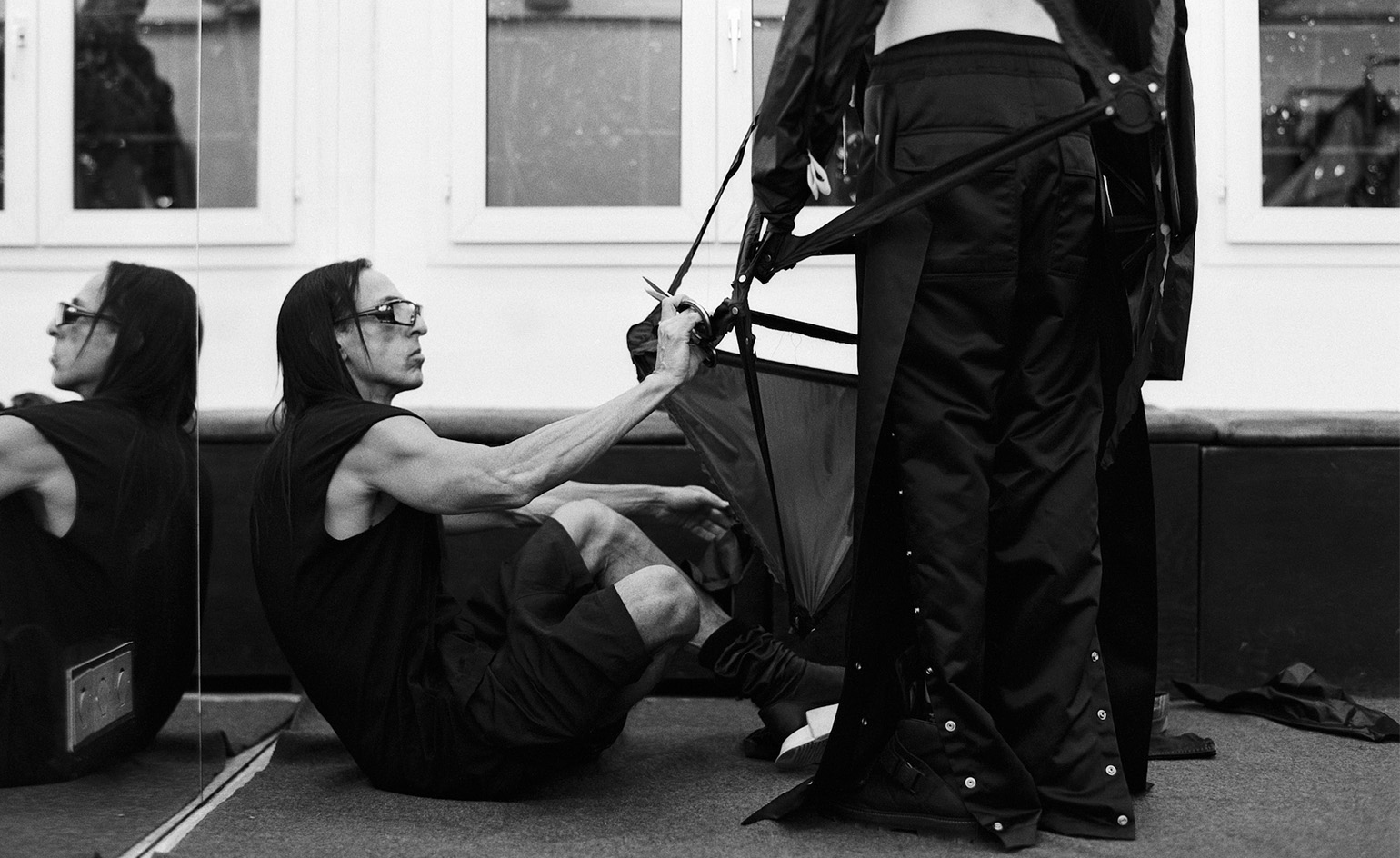 These illuminating interviews tell the story of 2025 in style, from Rick Owens to runway magic
These illuminating interviews tell the story of 2025 in style, from Rick Owens to runway magicExploring themes of creativity, resilience and facing fashion’s future, a series of intriguing conversations from the style pages of Wallpaper* in 2025
-
 This LA-based furniture designer finds a rhythm in music and making
This LA-based furniture designer finds a rhythm in music and makingWallpaper* Future Icons: LA-based Ah Um Design Studio's expressive furniture features zig-zagging wooden frames, mohair and boucle upholstery, and a distinctive use of tiles
-
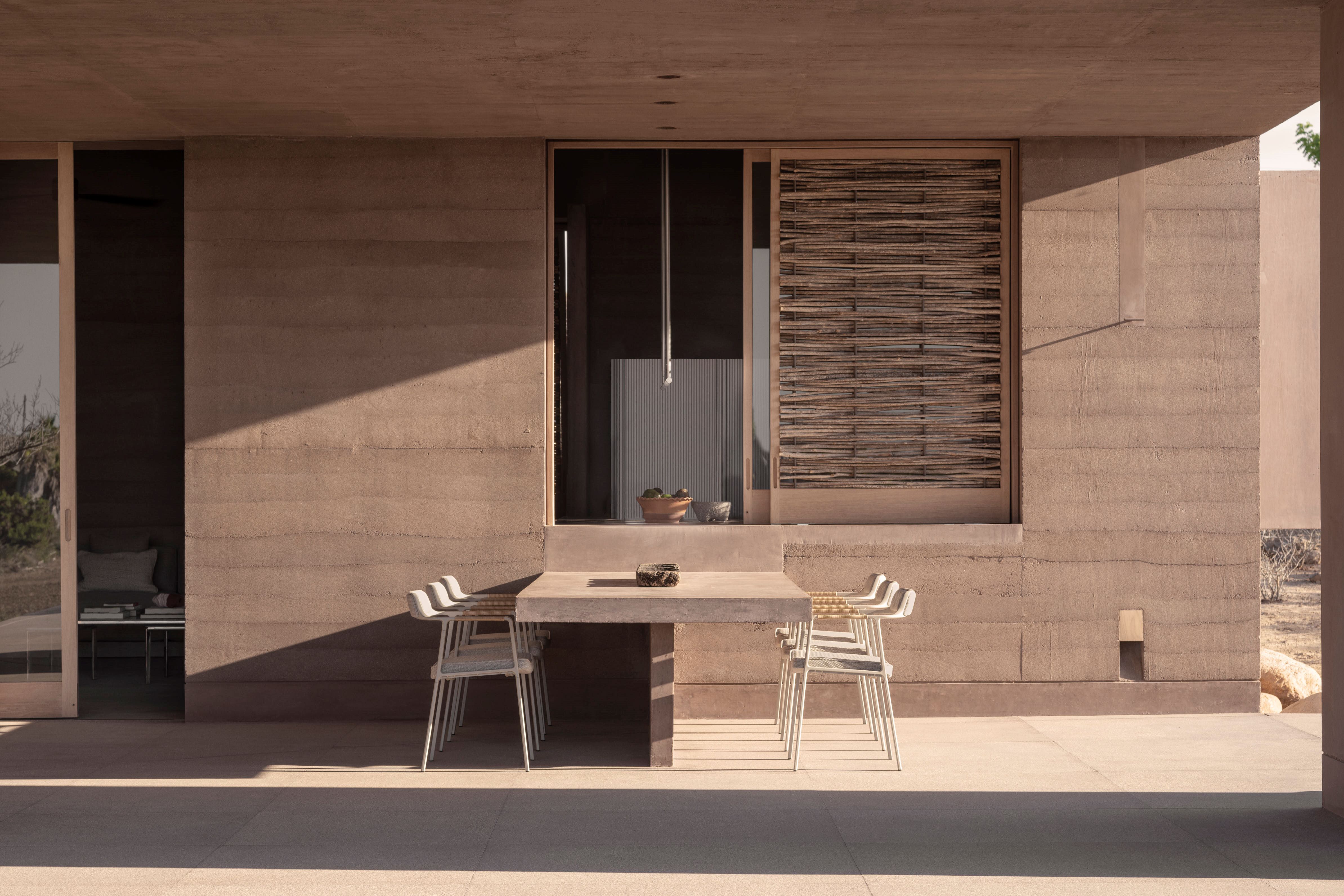 This Mexican architecture studio has a surprising creative process
This Mexican architecture studio has a surprising creative processThe architects at young practice Pérez Palacios Arquitectos Asociados (PPAA) often begin each design by writing out their intentions, ideas and the emotions they want the architecture to evoke
-
 Rolf Sachs’ largest exhibition to date, ‘Be-rühren’, is a playful study of touch
Rolf Sachs’ largest exhibition to date, ‘Be-rühren’, is a playful study of touchA collection of over 150 of Rolf Sachs’ works speaks to his preoccupation with transforming everyday objects to create art that is sensory – both emotionally and physically
-
 Architect Erin Besler is reframing the American tradition of barn raising
Architect Erin Besler is reframing the American tradition of barn raisingAt Art Omi sculpture and architecture park, NY, Besler turns barn raising into an inclusive project that challenges conventional notions of architecture
-
 What is recycling good for, asks Mika Rottenberg at Hauser & Wirth Menorca
What is recycling good for, asks Mika Rottenberg at Hauser & Wirth MenorcaUS-based artist Mika Rottenberg rethinks the possibilities of rubbish in a colourful exhibition, spanning films, drawings and eerily anthropomorphic lamps
-
 San Francisco’s controversial monument, the Vaillancourt Fountain, could be facing demolition
San Francisco’s controversial monument, the Vaillancourt Fountain, could be facing demolitionThe brutalist fountain is conspicuously absent from renders showing a redeveloped Embarcadero Plaza and people are unhappy about it, including the structure’s 95-year-old designer
-
 See the fruits of Niki de Saint Phalle and Jean Tinguely's creative and romantic union at Hauser & Wirth Somerset
See the fruits of Niki de Saint Phalle and Jean Tinguely's creative and romantic union at Hauser & Wirth SomersetAn intimate exhibition at Hauser & Wirth Somerset explores three decades of a creative partnership
-
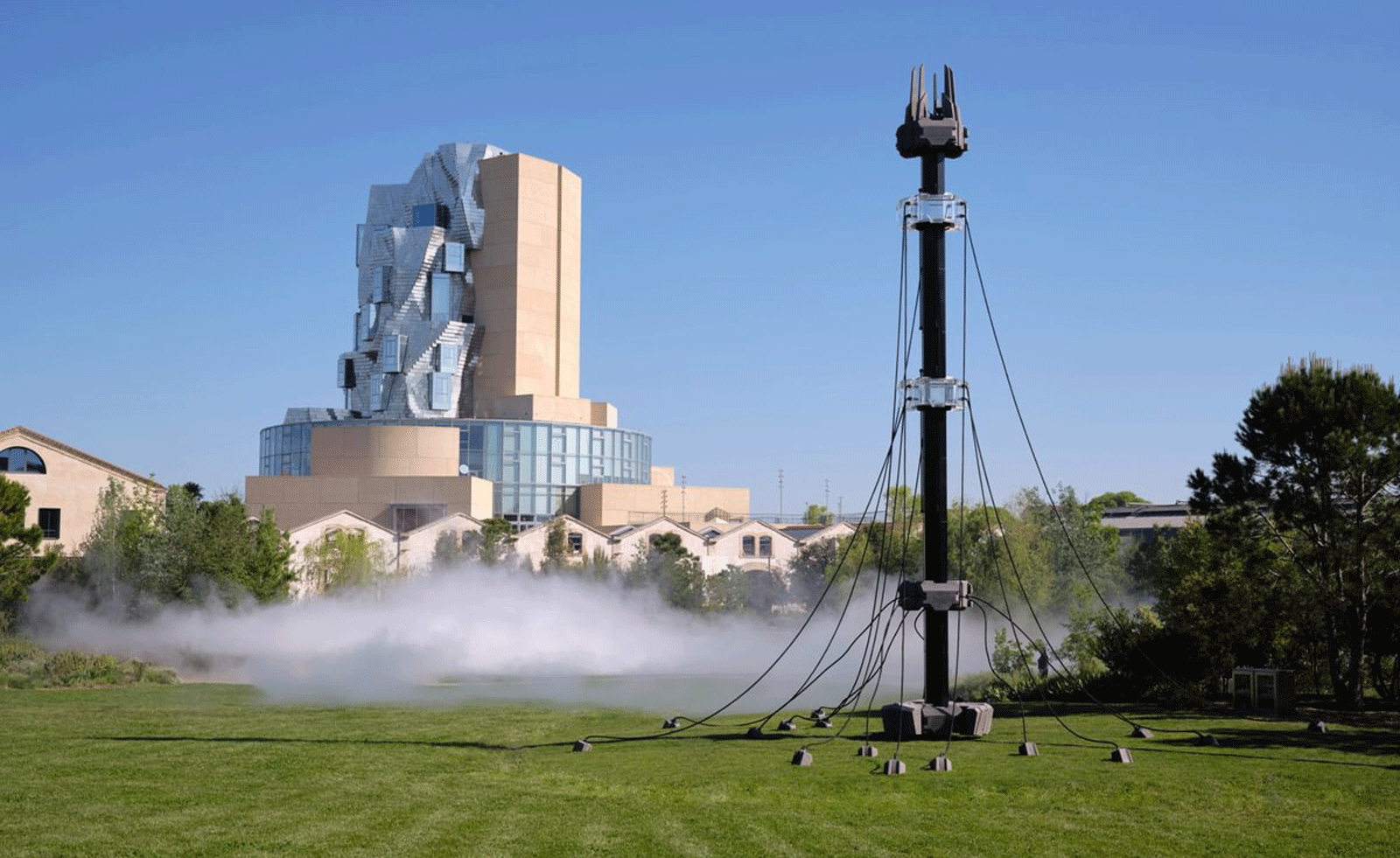 Technology, art and sculptures of fog: LUMA Arles kicks off the 2025/26 season
Technology, art and sculptures of fog: LUMA Arles kicks off the 2025/26 seasonThree different exhibitions at LUMA Arles, in France, delve into history in a celebration of all mediums; Amy Serafin went to explore
-
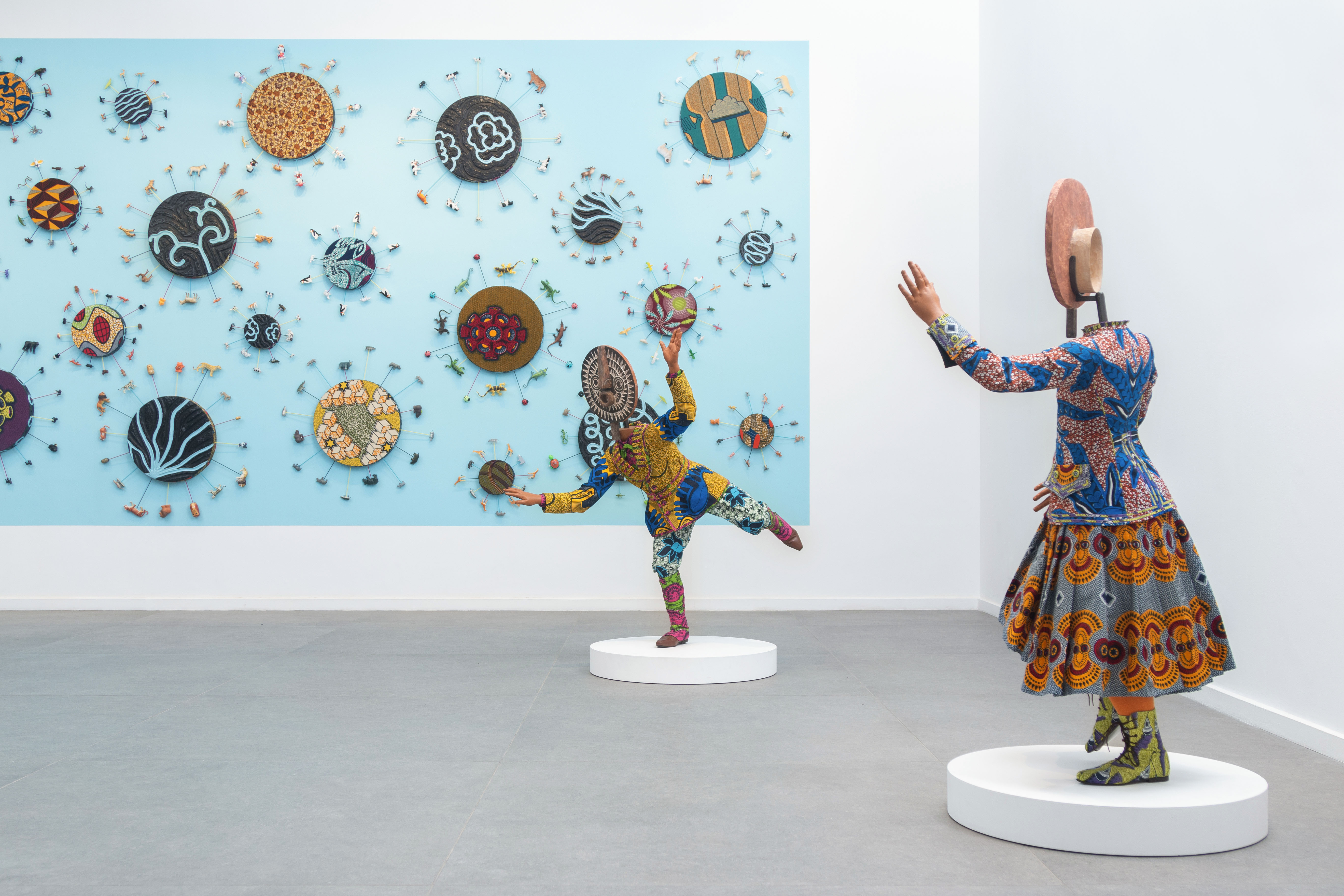 Inside Yinka Shonibare's first major show in Africa
Inside Yinka Shonibare's first major show in AfricaBritish-Nigerian artist Yinka Shonibare is showing 15 years of work, from quilts to sculptures, at Fondation H in Madagascar
-
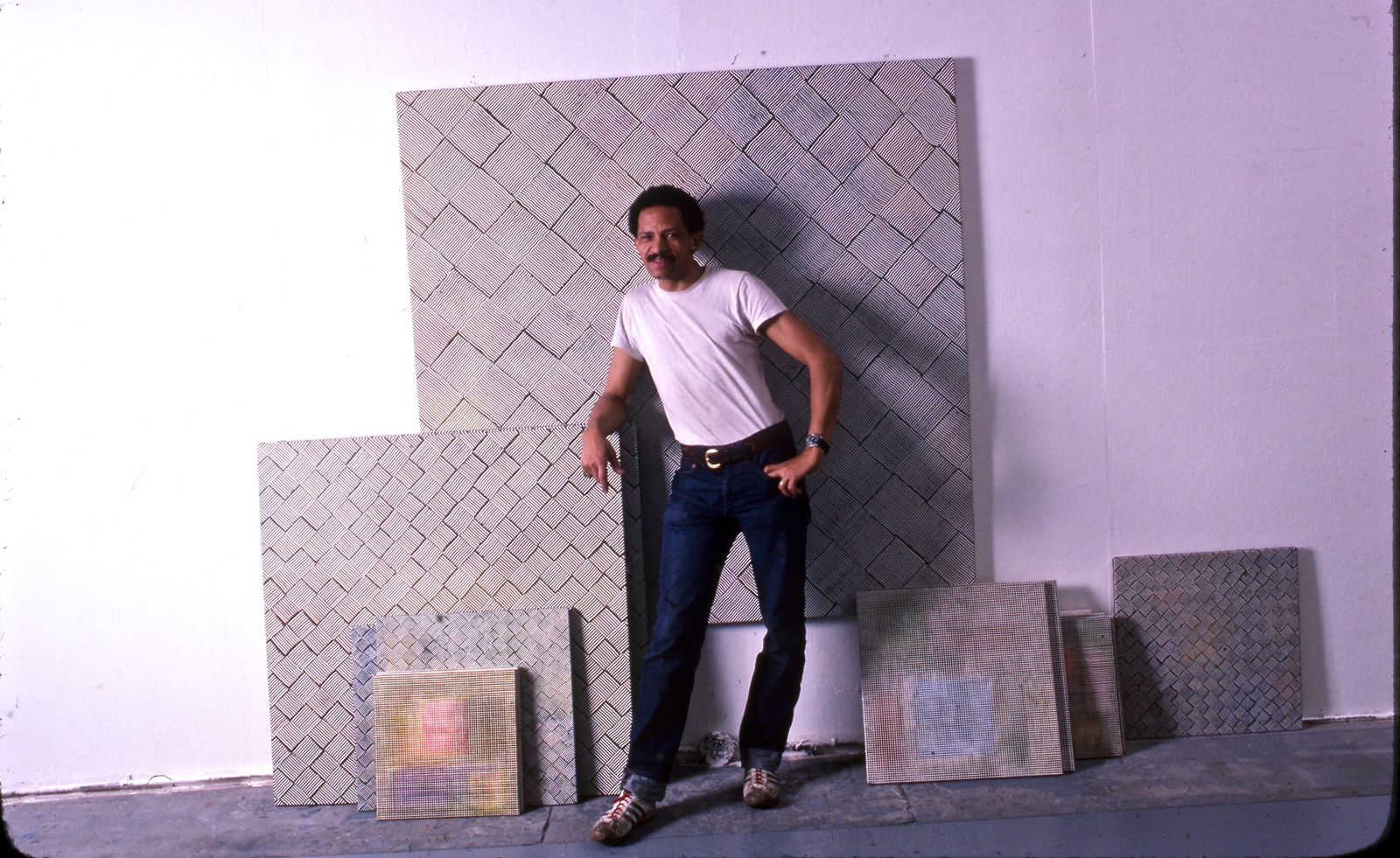 Inside Jack Whitten’s contribution to American contemporary art
Inside Jack Whitten’s contribution to American contemporary artAs Jack Whitten exhibition ‘Speedchaser’ opens at Hauser & Wirth, London, and before a major retrospective at MoMA opens next year, we explore the American artist's impact